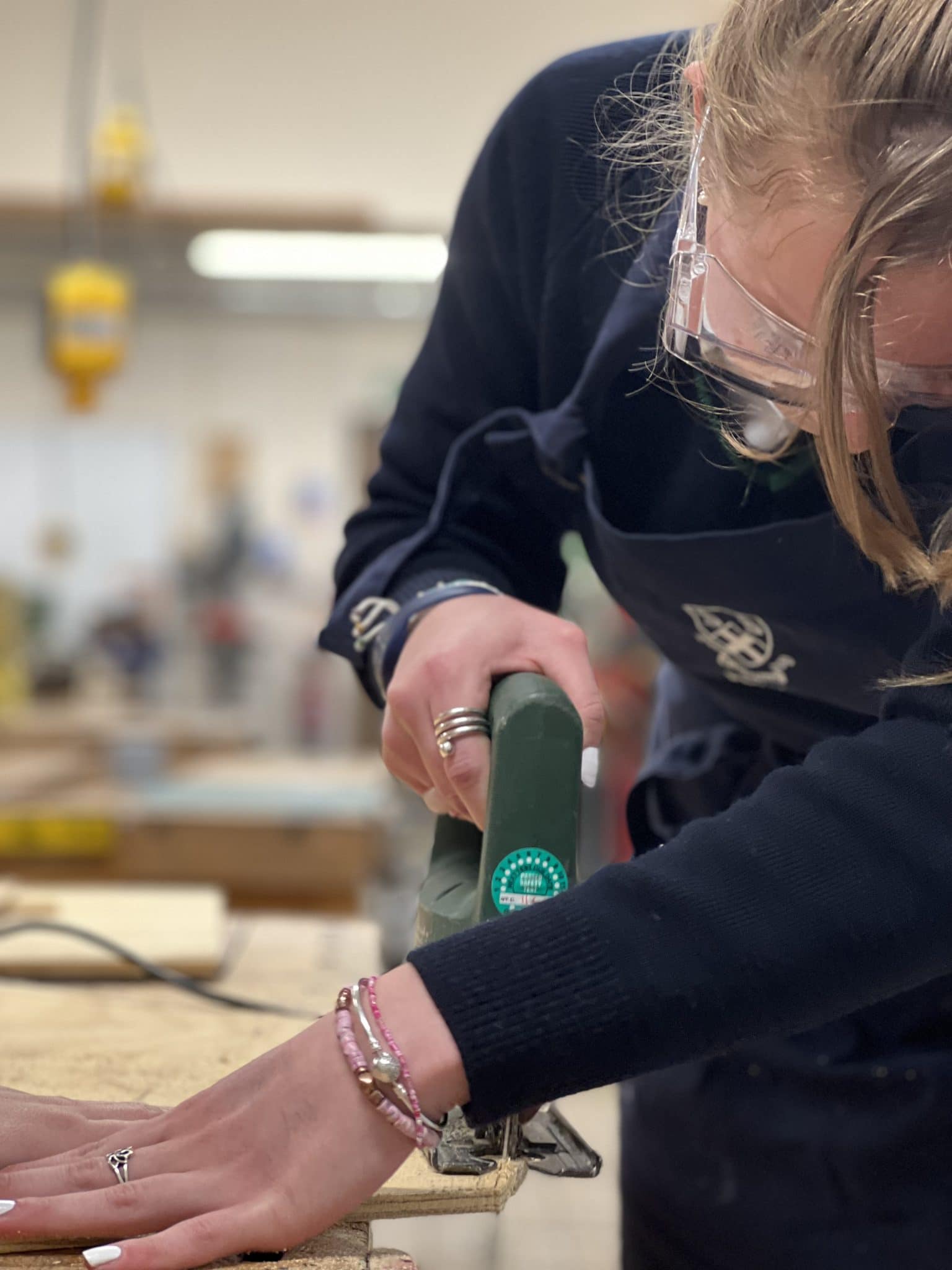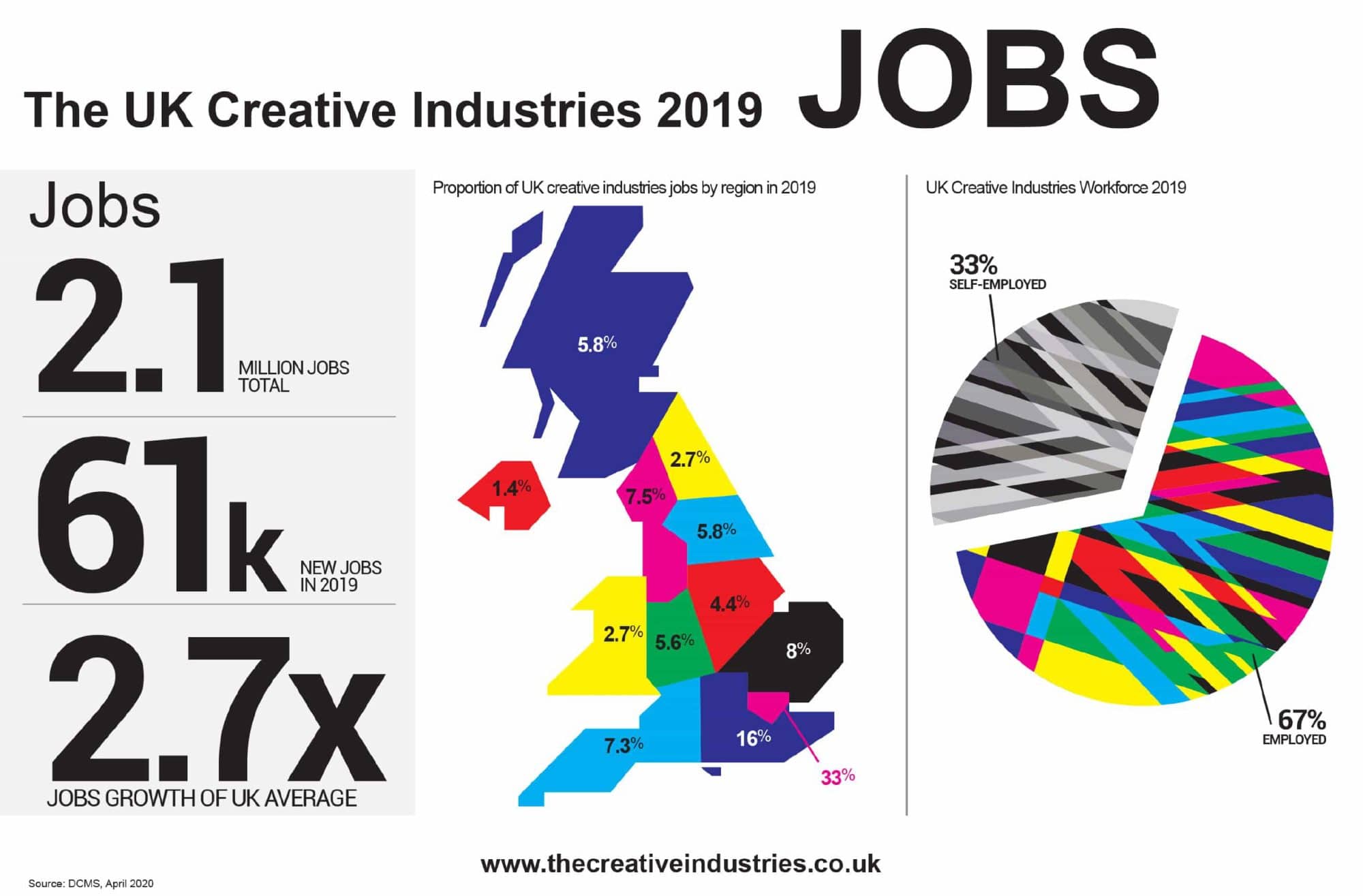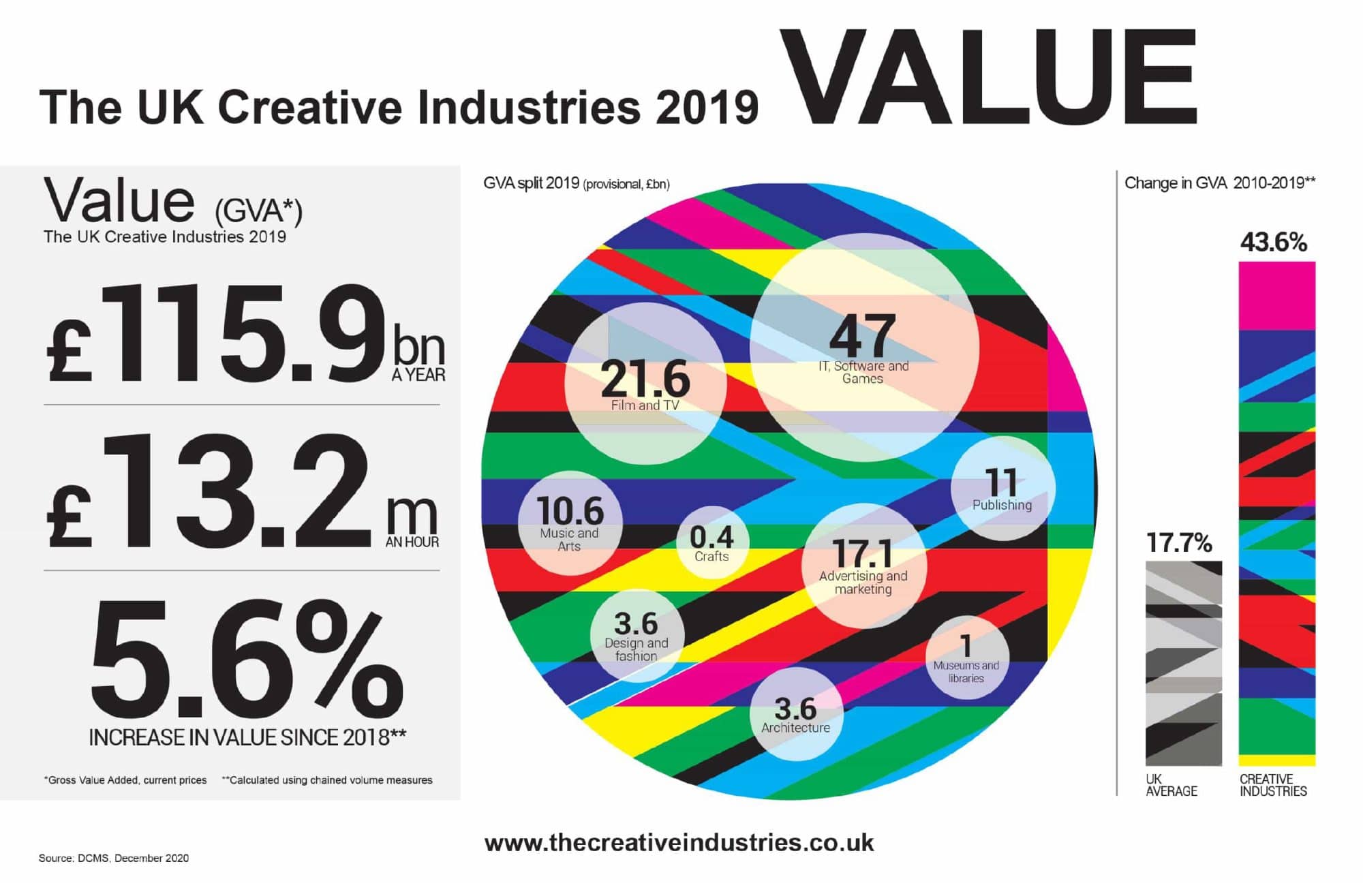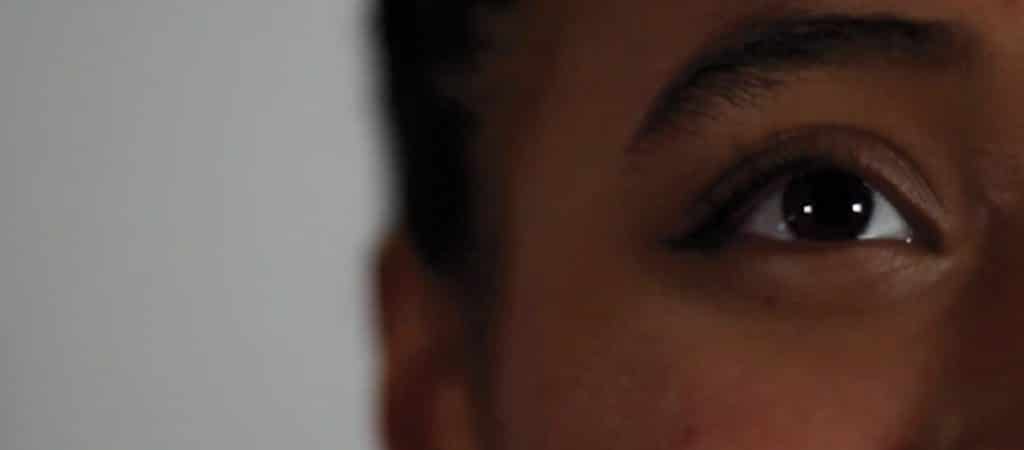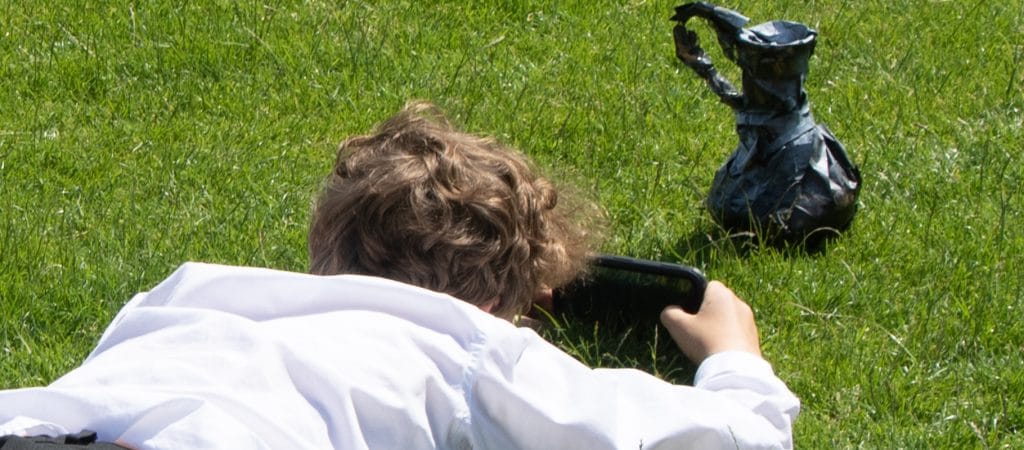Not always defined by the end-product in the same way a scientist, engineer or craftsperson might be but far from being ill-defined masters of no trade, designers are inquisitive by nature, striving to improve the world by concerning themselves with the finer details.
Their relentless pursuit of betterment follows a haphazard iterative process or, more accurately, a journey punctuated with failure.
Resilience is key to designers’ success. James Dyson famously produced over 2,000 prototypes for the first bagless vacuum changing his design 5,127 times. Taking attention to detail to entirely new levels, car manufacturers now have workforce divisions devoted to the optimal depth of a physical button press; apparently, the answer is 1.6mm.
DESIGN THINKING IS A HUMAN-CENTRED APPROACH TO INNOVATION.
Tim Brown, IDEO Executive Chair
Since its first appearance as a named academic subject in 1988, Design & Technology in schools has followed a similar journey.
The early days of Woodwork, Metalwork, Needlecraft and Home Economics eventually gave way to Craft Design and Technology, CDT, a move which promoted a skills-based curriculum but one which prioritised materials and process over the use of ‘design thinking’; a phenomenon that has since become a buzzword in the world of business.
As industrial designer and visionary Tim Brown puts it: “Design thinking is a human-centred approach to innovation that draws from the designer’s toolkit to integrate the needs of people, the possibilities of technology and the requirements for business success.”


